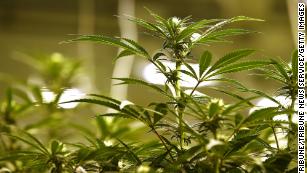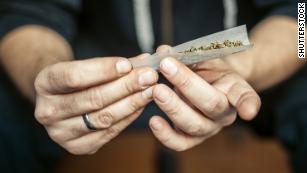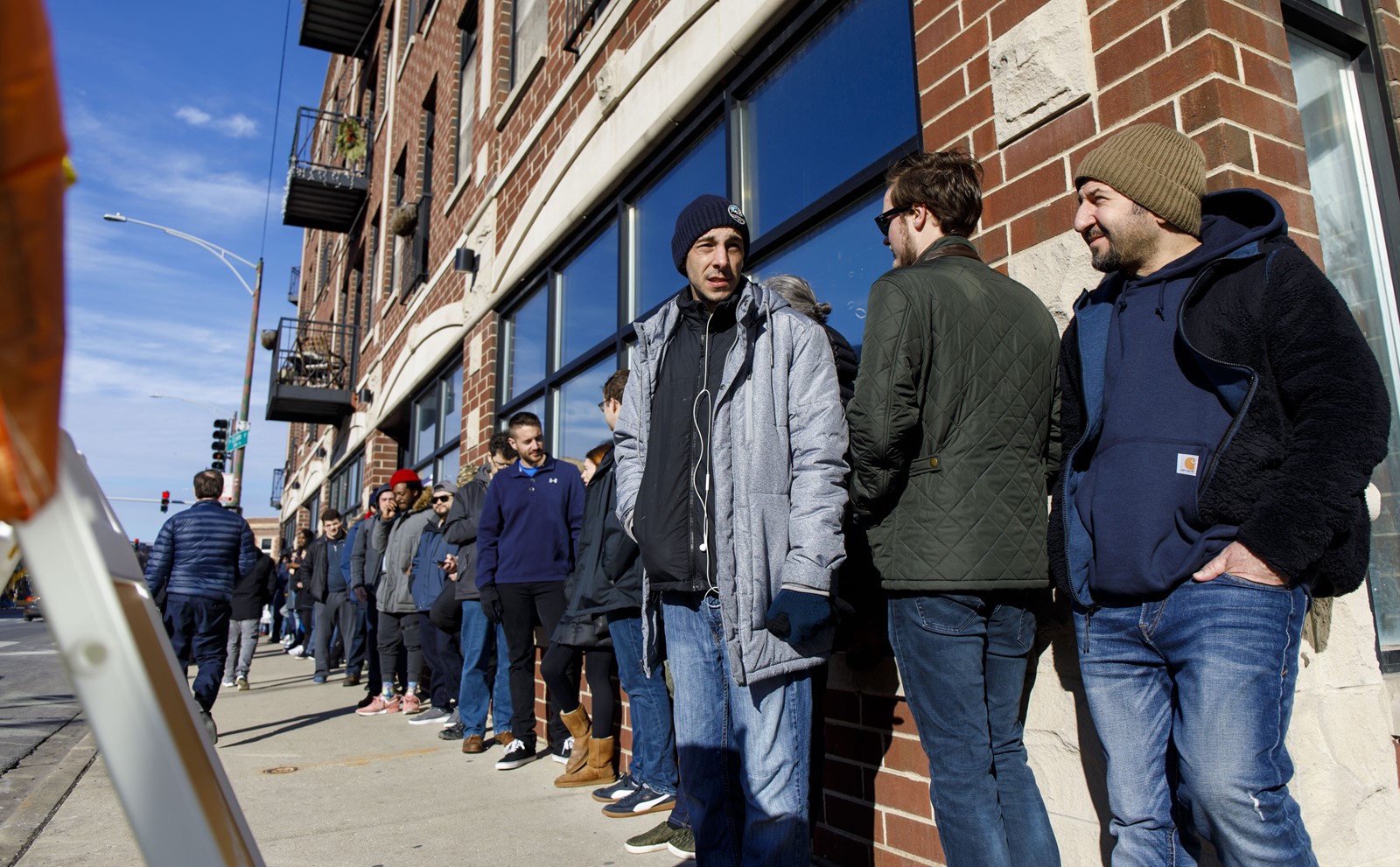Ramahs
Fucking Combustion (mostly) Since February 2017
"Disposed of..."
I know, right? I'd love to be the disposal "guy"

"Disposed of..."

Love that comment...“TSA tip jar,” joked another commenter.
Personal Confession: I worry about this very thing quite a bit, and struggle with it, here at FC. Having lived abroad so long, particularly in the UK, my speech and the words I use have changed, much of my vocabulary really. My computer and devices' keyboards are set up for UK and my spelling has changed over time, FC is the only place really, where I communicate electronically with Americans. Friends and family make fun of me, friends give me shit to my face and family talks behind my back.
So I do worry about coming across bourgeois here or just a pretentious arsehole, but I'm also lazy and can't be bothered to switch back and forth in the hope that maybe strangers will "like" me more. So the spelling stays English-UK but I do translate certain words and measurements to be better understood by the majority.

I bet the students even wear fucking uniforms
"We'll just sit back and observe those crazy Canadian colonials conduct these dangerous social experiments, thank you very much.

"our country"? Hmmm. [checks IP address and email domain] Aaaaand it's a Russian troll.







I understand your point but suggest all students wear uniforms

Oh HELL NO! There is no way I'd attend an institution like that, and there is most certainly NO WAY I would stranglehold my children's ability to express their genuine selves in the most crucial years for them to do so by sending them to something like that. I honestly find it insulting and downright disgusting to require students to dress like fucking clones. Fuck that shit 100%.
It's sick enough that we make adults do it, much less our poor children.
My wife choose her current job, in part, because she gets to wear the "uniform" (scrubs) of pajamas every day. Don't have to think or anything.
If you go to a Catholic school in the states, many have dress code uniforms as well. Families love it for a number of reasons, often having to do with cost. Kids don't tend to object either. For those not involved with the mileau, you find that even with a "uniform", no one is exactly dressed the same. Every person who wants to express themselves find some way. In a strict rule place, the difference might be a fold of a shirt in a certain way while looser rule places might have more obvious distinctions.
At the end, a child is not expressing xer genuine selves just because they dye their hair purple or wear a t-shirt with Che on the front. They are simply rebelling by breaking the custom/rule about hair color or by wearing a controversial thought. A person in a uniform demonstrate the same rebellion and express the same genuine self by rolling up one's cuff in an unapproved way or roll under the waist of a skirt so the legs show just a bit more. Maybe throw on a pin with a peace sign on it too.
The purple hair child with the controversial shirt wants to stand out. The rule of do what you want hurts that. Sure, there might be some who feel they are an alien with purple hair who finds the economic principles and treatment of women by Che to be standards to achieve and those might be hurt by uniforms. For the rest of us it's just easier and less stress. Uniforms build a sense of self where how one acts is more important than the brands one wears. Also, while kids can feel as alone in a uniform school as a non-uniform one, I suspect less loneliness if one feels one belongs and demonstrates that belonging every day.
Edit:
Even odd uniforms have a fairly high acceptance rates in the UK.
https://www.bbc.com/news/uk-england-29047752
I sincerely apologize if you felt I was putting words in your mouth. I agree you said noting of the sort. I was making an analogy to illustrate my point.Nope. Fuck that. I 100% disagree.
And no. You don't get to put fucking words in my mouth. No FUCKING WAY.
I never said anything about colored hair or Che shirts. That's just insulting and incredibly shitty of you to do that.
Those were the good old days!!!Round here it seemed like we had an unofficial freak uniform in the early 70's; long hair, scuffed up jean jackets, frayed bell-bottom blue jeans with 6 inch slits cut both sides of the flare, and hiking boots.
Blissfully unaware thanks to that seedy Mexican weed.I don't know. Nixon, Reagan in CA, SLA, Charlie Manson, seedy mexican weed, Vietnam war, dead student protesters. I guess it's all relative...

I sincerely apologize if you felt I was putting words in your mouth. I agree you said noting of the sort. I was making an analogy to illustrate my point.
Round here it seemed like we had an unofficial freak uniform in the early 70's; long hair, scuffed up jean jackets, frayed bell-bottom blue jeans with 6 inch slits cut both sides of the flare, and hiking boots.


He won't be getting my vote come November 4thJoe Biden Again Says No To Marijuana Legalization Without More Studies
Former Vice President Joe Biden reaffirmed that he’s opposed to legalizing marijuana without further studying its potential health risks.
Bear in mind that Trump's attorney general, William Barr, wants to start federal prosecutions of states that legalized and bust people who are buying and selling legally under state rules. Federal legalization, when it arrives, will likely come in the form of legislation, not unilateral action by the president. So if you want federal legalization the best thing you as a voter can do is elect Democrats to Congress. The repubs are completely hopeless on this issue. As long as they control the Senate we will not see legalization.He won't be getting my vote come November 4th
Yep, I think that is the question.Or maybe the right question is when will they care?

